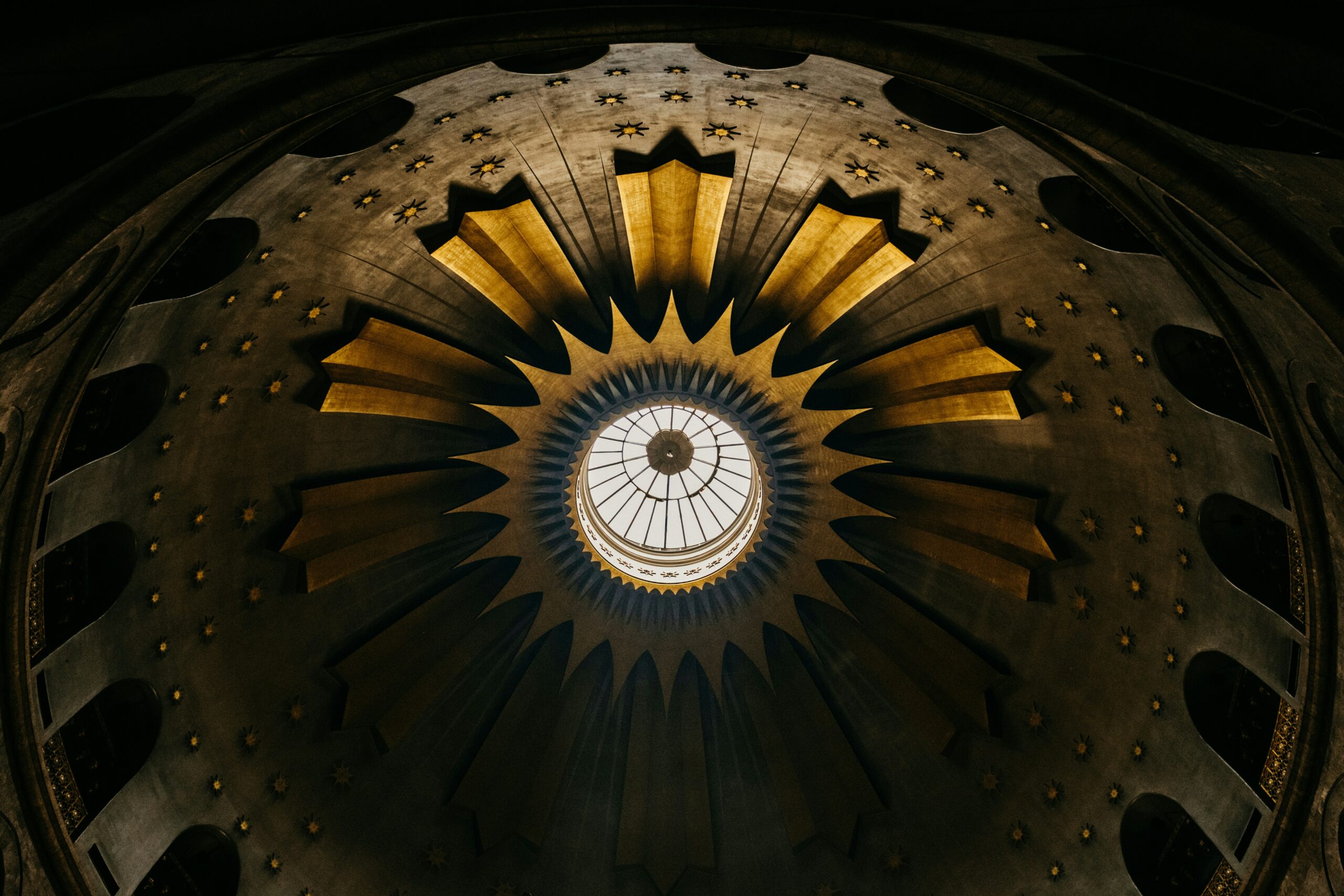References to English Classics in “Monty Python and the Holy Grail” Monty Python premiered their full-length Monty Python and the Holy Grail in 1975. At that time, several episodes of the group’s TV series had already been screened on BBC, bringing tremendous popularity and recognition to the Python. Monty Python and the Holy Grail was the group’s first notable attempt to reconsider British medieval history and reflect on topic-based classic literature from the standpoint of the British agenda in the 1960s. Monty Python and the Holy Grail gained enormous popularity not only in the United Kingdom, but also in Europe and North America. Subsequently, analyzing the references to classics in the film is necessary to
understand the way national literary and historical narratives can be conveyed in understandable terms in any part of the world. The plot of Monty Python and the Holy Grail is based on the traditional legend of King Arthur. Despite the fact that no canonical version of the legend exists, King Arthur, whose historical existence has been questioned by modern historians,1 is widely believed to have led the British defense against the Saxons at the turn of the 6th century. Eventually, Pythons took the most common elements constituting Arthurian legend to create their own comedic interpretation. Monty Python and the Holy Grail is centered on a divinely-appointed king striving to gain support in the continuous struggle against domestic and foreign enemies. Throughout their adventures, Arthur and his followers constantly have to test their own chastity and code of
chivalry. Despite being based on the classic Arthurian legend, Python managed to “escape from the tyranny of the tradition” 2 and recreate their own self-sufficient and unconventional cinematic reality of Middle-Age England.
Subsequently, it is necessary to analyze the specific references to classic texts in Monty Python and the Holy Grail more thoroughly. First of all, the Book of Hours is worth being mentioned. The Book of Hours is a Christian devotional book that was extremely popular in Middle-Age England. The book is recognized for its imagery that has become a basis for the canonical tradition of the historical period of visual representation. There is certain evidence that the classic imagery tracing back to the Book of Hours largely impacted Python while filming Monty Python and the Holy Grail. The links to the Book of Hours are particularly explicit in the animated interludes drawn by Terry Gilliam. Speaking of the cinematic tradition of Arthurian films, it is worth mentioning that the vast majority of legend-based movies are influenced by the classic Lord Tennyson’s text Idylls of the
King. Notably, Idylls of the King is dominated by the mystical treatments of Arthur’s origin and his adventures. This mystical account has also become a distinctive feature of most of the conventional Arthurian movies. In contrast, the creators of Monty Python and the Holy Grail
have chosen a different perspective. Python’s film has more in common with a largely disregarded novel A Connecticut Yankee in King Arthur’s Court by Mark Twain. Twain’s burlesque manner of storytelling is also explicit in Python’s film. Some passages from Twain’s text could be used as a ready-made synopsis for the film: “it was a several-years’ cruise … though none of them had any idea where the Holy Grail really was, and I don’t think any of them actually expected to find it, or would have known what to do with it if he had run across it. This specific reference indicates that the literary connections made by Monty Python and the Holy Grail are not limited to English classics. The analysis of the film’s references would be incomplete without mentioning implicit reflectionsby medieval historians, including R.H. Hilton, Guy Bois, and C.H. Brennen.
The fact that Python interpreted topic-related secondary texts by modern historians is itself enough to mark it as a postmodernist film. The above-mentioned historians are known primarily for their attempts to apply Marxist theory to the history of England connected to the Middle Ages.
Subsequently, some of the film episodes could be treated as a direct, sarcastic response to these attempts. In this regard, the scene of a peasant Dennis who puts Arthur’s legitimacy under question with Marxist rhetoric may serve as a perfect illustration. All things considered, using the classic Arthurian legend, the creators of Monty Python and the Holy Grail have managed to create a self-sufficient cinematic reflection on Britain’s past
and modernity. The film’s plot and imagery directly reflects The Book of Hours and other classic medieval texts. Notably, there are also explicit links to Mark Twain’s A Connecticut Yankee in King Arthur’s Court, as well as Marxist texts by modern historians. The enormous amount of both explicit and implicit citations on historical and literary texts proves Monty Python and the Holy Grail to be a landmark example of postmodernist cinema.
Bibliography
Higham, Nicholas J. King Arthur: Myth-making and History. London: Routledge, 2009. Lacy, Norris J. “Arthurian film and the tyranny of tradition”. Arthurian Interpretations 4, no. 1 1989.
Twain, Mark. A Connecticut Yankee in King Arthur’s Court. New York: Oxford University Press 1996.
Photo by Adam Kring from Unsplash

Leave a Reply